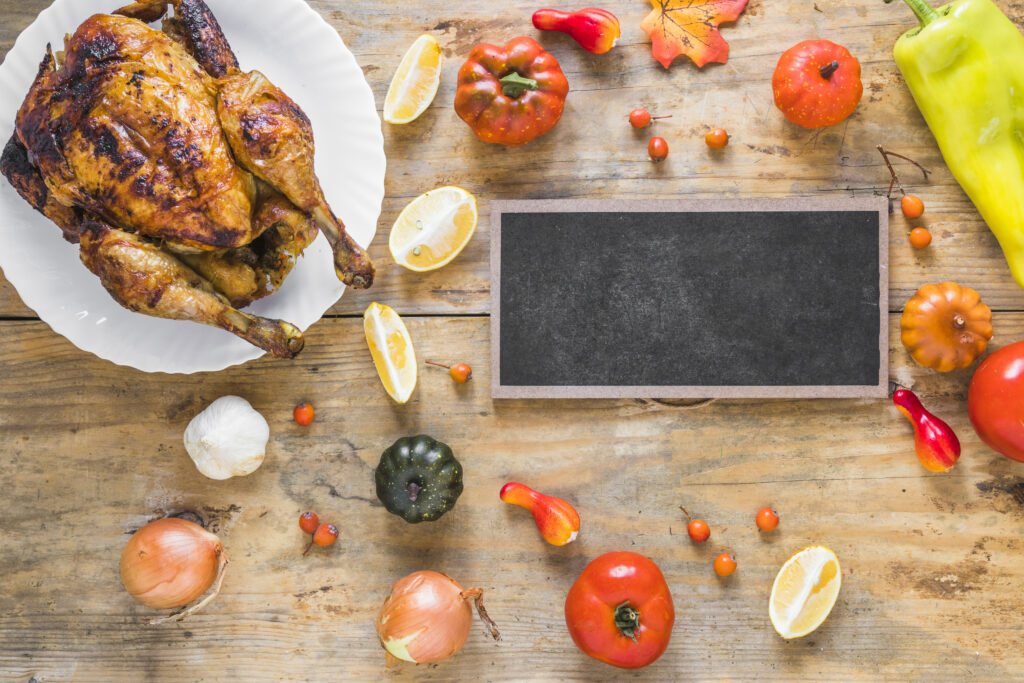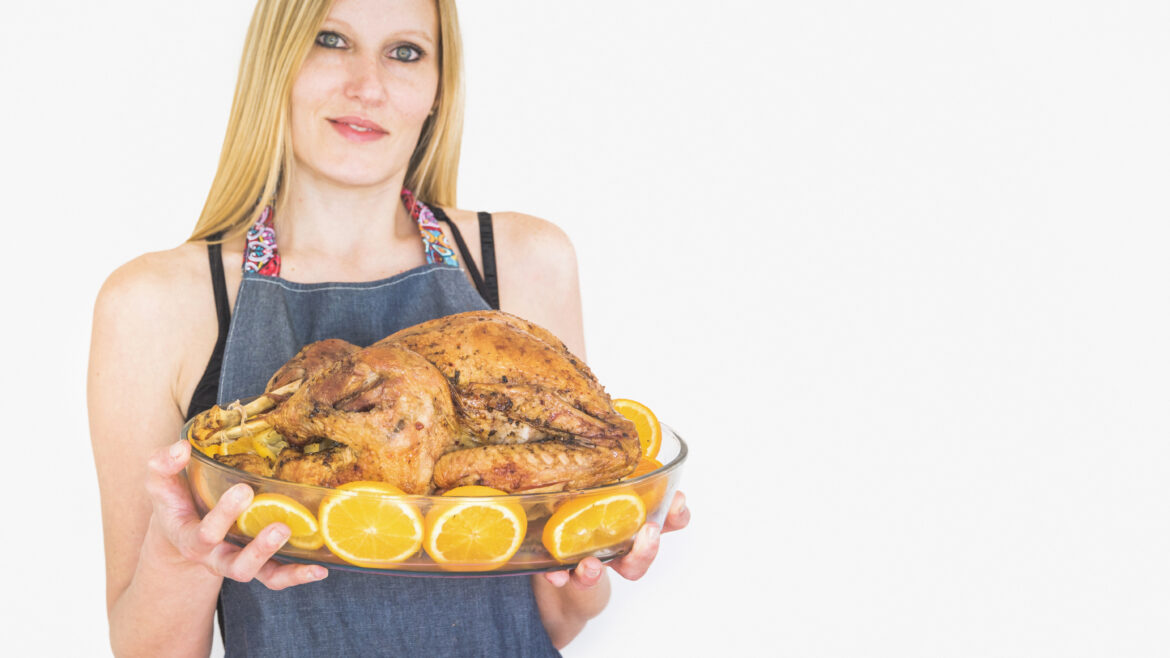Executive Summary
When people search for rotisserie chicken calories, what they really want is a simple, reliable range to plan meals. For a 3 oz (85 g) portion: breast skin-off usually lands around 120–140 calories, and with skin 150–180. Thigh skin-off averages 160–180, and with skin 200–230. Drumsticks and wings tend to be slightly lower per piece but fluctuate with skin and glaze. Keep portions to 3–6 oz per meal, watch sodium from store rubs and brines, and pair with fiber-rich sides to stay full on fewer calories.
Introduction
Rotisserie chicken wins because it’s protein-dense, affordable, and ready when you are. Calorie counts reflect energy from protein and fat in the meat and skin, plus any oils or sugars from seasonings. Sodium doesn’t add calories, but it matters for health, water retention, and how you feel the next day. With a few smart tweaks, you can keep flavor high and calories in check.
How We Estimated Calories
Calorie ranges here reflect typical values reported by USDA FoodData Central for cooked chicken cuts, combined with common supermarket rotisserie listings. Assumptions: a cooked bird weighs about 2.5–3 pounds and yields roughly 40–45% edible meat. Portions refer to cooked, boneless amounts. Glaze-free “original” birds are the baseline; flavored styles may push numbers up slightly.
Rotisserie Chicken Basics
A standard store bird yields about 17–22 oz of meat once carved. White meat (breast) runs leaner, while dark meat (thighs, legs, wings) carries more fat and often more flavor. Seasonings vary widely across stores—lemon-pepper, BBQ, and herb rubs each change sodium and sometimes sugar. Expect variability and choose based on your goals.
Calories by Cut
Breast skin-off typically provides about 120–140 calories per 3 oz with around 25–27 g protein and 2–4 g fat. With skin, that same portion rises to roughly 150–180 calories from added fat. Thigh meat averages 160–180 calories skin-off with 20–22 g protein and 8–10 g fat, or 200–230 calories skin-on. A drumstick runs about 120–140 calories skin-off and 150–170 calories with skin. Whole wings vary: skin-off around 70–90 calories, and skin-on about 100–120, depending on size. Moisture retention from rotisserie cooking keeps meat juicy, but calorie density tracks mostly with fat and skin, not water.
Portion Guide That Feels Real
Think in palms, not grams. Three ounces is roughly a deck of cards or a small palm of shredded meat. Four ounces looks like a tight fist or a heaping half cup. Six ounces resembles two decks of cards or a loosely packed cup. For salads, 3–4 oz skin-off breast sits well with beans and greens. For bowls, 4–6 oz mixed meat over whole grains satisfies. At family dinners, plan 3–6 oz per plate and let vegetables take half the space.
Skin-On vs Skin-Off
Skin carries flavor and fat. Removing it typically saves 30–60 calories per 3 oz and trims saturated fat. If you love the crisp, keep a small piece for texture and pull the rest before shredding. Another trick: air-crisp a little skin and crumble it over the plate so you get big flavor in small doses.
White Meat vs Dark Meat
White meat is lean and protein-dense, ideal for lower-calorie, higher-protein plates. Dark meat offers more fat, richer flavor, and slightly higher iron and zinc—often more satisfying for longer. If you find white meat leaves you hungry, mix in some dark meat while moderating the portion. Sustainable eating is about staying satisfied, not simply cutting calories.
Seasonings, Rubs, and Sauces
Glazes like BBQ or honey can add 10–40 calories per 3–4 oz from sugar and oil. Dry rubs are lighter but still can be salty. Smart sauces boost flavor without a calorie surge: yogurt-herb blends, mustard, salsa verde, chimichurri, or lemon-tahini. These options add brightness and moisture so you don’t miss the glaze.
Macros That Matter
Protein per 3 oz ranges roughly 20–27 g depending on the cut and skin. Many active adults do well targeting about 25–40 g protein per meal, making 3–6 oz of chicken a useful anchor. Fat rises with skin and dark meat; keep saturated fat moderate by trimming skin and rounding the plate with olive oil, nuts, or avocado. Carbs don’t come from chicken—watch sides, glazes, and breads if you’re tracking totals.
Sodium and Health
Store rotisserie birds often land around 400–700 mg sodium per 3–4 oz, sometimes higher with glazes. That level can nudge blood pressure and cause water retention. To reduce sodium, choose “original” over sticky glazes, remove skin and surface seasoning when carving, lightly rinse shredded meat and pat dry, and pair meals with potassium-rich sides like leafy greens, beans, squash, or potatoes. If cooking at home, favor herb-forward rubs and use less salt.
Latest Dietitian-Style Tips
Build plates with half nonstarchy vegetables, a quarter protein, and a quarter whole grains or starchy veg, plus a small dose of healthy fat. Go bigger on protein (4–6 oz) post-workout and lighter (3–4 oz) on rest days. Budget the add-ons—sauces, grains, and dressings—since rotisserie chicken calories are fairly predictable while extras can creep.
Smart Sides and Add-Ins
Lean into high-fiber vegetables like roasted broccoli, Brussels sprouts, peppers, and hearty salads. Whole grains such as farro, quinoa, and brown rice deliver sustained energy. Add healthy fats in measured amounts: olive oil, avocado, olives, or a sprinkle of nuts. Bright, low-calorie accents—vinegar, citrus, herbs, garlic, chili flakes, and pickled onions—wake up flavors without piling on calories.

Meal Prep Ideas
Plan a three-day rotation to reduce waste. Day one: a big salad with 4 oz skin-off breast, chickpeas, and vinaigrette. Day two: a whole-grain wrap with 3–4 oz mixed meat, crunchy slaw, and a yogurt‑mustard sauce. Day three: a hearty soup using shredded dark meat and vegetables, with broth simmered from the carcass. Skim the broth if you prefer it lighter.
Store vs Homemade
Store versions win for speed—just scan labels for sodium and avoid heavy glazes. At home, roast a 3–3.5 lb bird at high heat until it reaches a safe internal temperature in the thickest parts. Season boldly with herbs, pepper, garlic, and lemon, and keep salt modest. Rest before carving for juicy meat and more accurate portioning.
Special Diet Notes
For low-sodium needs, prioritize unglazed birds, remove skin and seasoning, and lean on potassium-rich sides. For low-carb or keto, choose skin-on portions if you need extra fat, balanced by nonstarchy vegetables. For a Mediterranean approach, go skin-off most of the time and add legumes, whole grains, olive oil, and herbs. Families do well mixing cuts and serving sauces on the side. Always check labels for potential allergens in store rubs.
Calorie-Saving Moves That Don’t Feel Miserable
Pre-portion 3–4 oz after carving so dinner decisions are easy. Keep a little crisp skin for satisfaction and remove the rest. Drink water or seltzer with meals and fill half the plate with vegetables. Use acids and herbs to make leaner cuts feel indulgent without adding many calories.
Common Mistakes
The usual pitfalls: underestimating portions, forgetting the calories and sugar in glazes and sauces, and assuming all store birds are nutritionally identical. Treat each purchase as its own product and adjust your plan.
Quick Decision Guide
If you want higher protein with fewer calories, choose skin-off breast and add fiber-rich sides. If you crave more flavor and satiety, combine white and dark meat with modest skin. If sodium concerns you, pick unglazed birds, remove surface seasoning, and pair with potassium-rich produce.
FAQs
How many calories in a typical serving?
Most 3–4 oz portions fall around 150–200 calories depending on cut and skin.
Is rotisserie chicken good for weight management?
Yes—high protein, versatile, and filling when paired with vegetables and whole grains.
Does removing skin matter?
Expect 30–60 fewer calories per 3 oz and lower saturated fat.
Are store birds too salty?
Many are high; you can mitigate with smarter choices and carving strategies.
Can you eat it daily?
With attention to sodium, variety, and produce, it can fit into a balanced routine.
Conclusion
Rotisserie chicken calories are easy to manage when you choose the right cut, mind the skin, and watch sodium. With vegetables, whole grains, and bright seasonings, it becomes a reliable, health‑focused staple that supports both flavor and goals.
